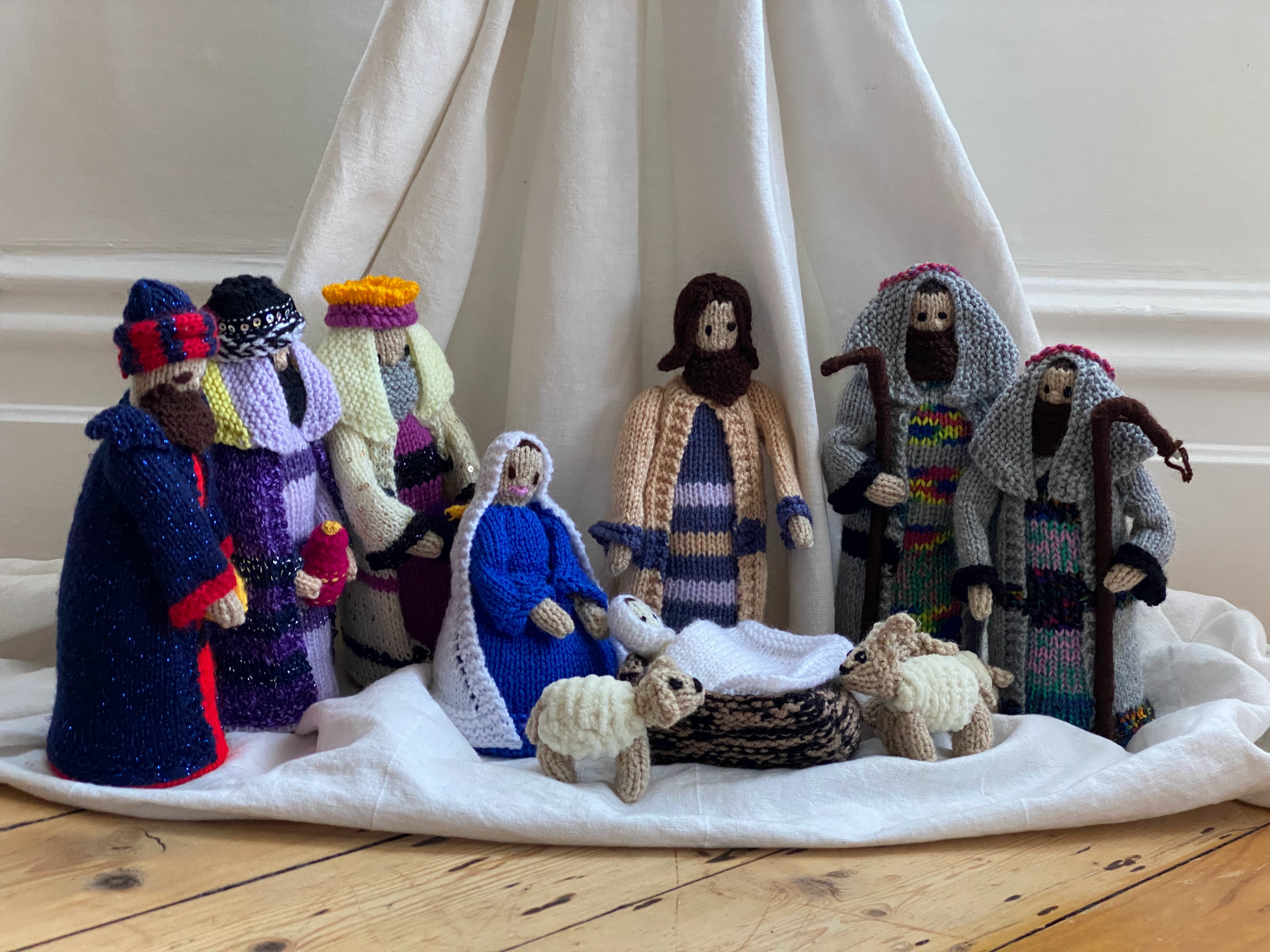The Effects of Different Gauges in Knitting Knitwear
Knitting gauge refers to the number of stitches and rows per inch in a knitted fabric. It is determined by the size of the knitting needles and the tension of the knitter. The gauge can greatly affect the final outcome of a knitted project, including the appearance, drape, and fit of the knitwear.
1. Appearance
The gauge of a knitted fabric can significantly impact its appearance. A tighter gauge, achieved with smaller needles and more stitches per inch, creates a denser and more structured fabric. This is ideal for items that require warmth and durability, such as sweaters and blankets. On the other hand, a looser gauge, achieved with larger needles and fewer stitches per inch, results in a more open and airy fabric. This is often used for lightweight and breathable garments like shawls and summer tops.
2. Drape
The gauge also affects the drape of the knitwear. A tighter gauge produces a stiffer fabric that holds its shape well. This is suitable for structured garments that require definition, such as tailored jackets or fitted skirts. Conversely, a looser gauge creates a softer and more fluid fabric that drapes beautifully. This is ideal for flowy and relaxed garments like oversized cardigans or A-line dresses.
3. Fit
The gauge plays a crucial role in achieving the desired fit of the knitwear. Different gauges can result in different sizes and proportions. For example, a tighter gauge will yield a smaller garment, while a looser gauge will create a larger one. Knitters often swatch and adjust their gauge to ensure the correct sizing and fit of their projects.
In conclusion, the gauge in knitting knitwear has a significant impact on the appearance, drape, and fit of the final product. By understanding the effects of different gauges, knitters can make informed choices to achieve their desired outcome.

Leave a Reply